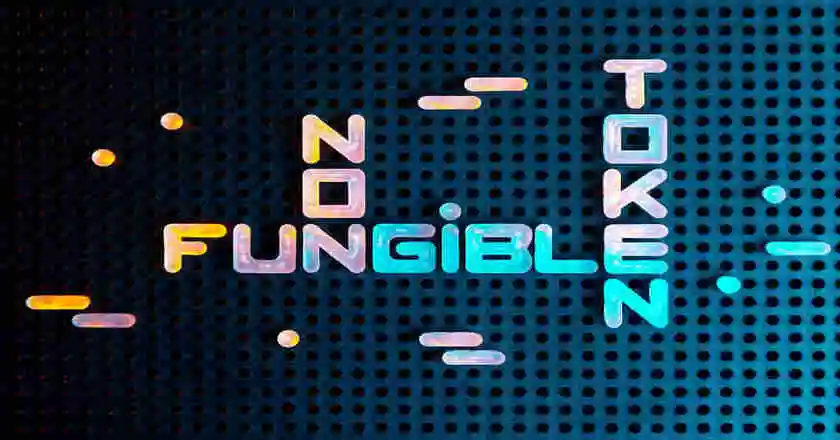How to Avoid NFT Gas Fee?
The NFT Gas Fee is a critical element of Ethereum that irritates users while selling or buying artwork. Understanding gas fees is a primary formula for ensuring that you are not transferring more ETH than necessary. We will go over the various ways to help you understand how to reduce NFT gas fees.
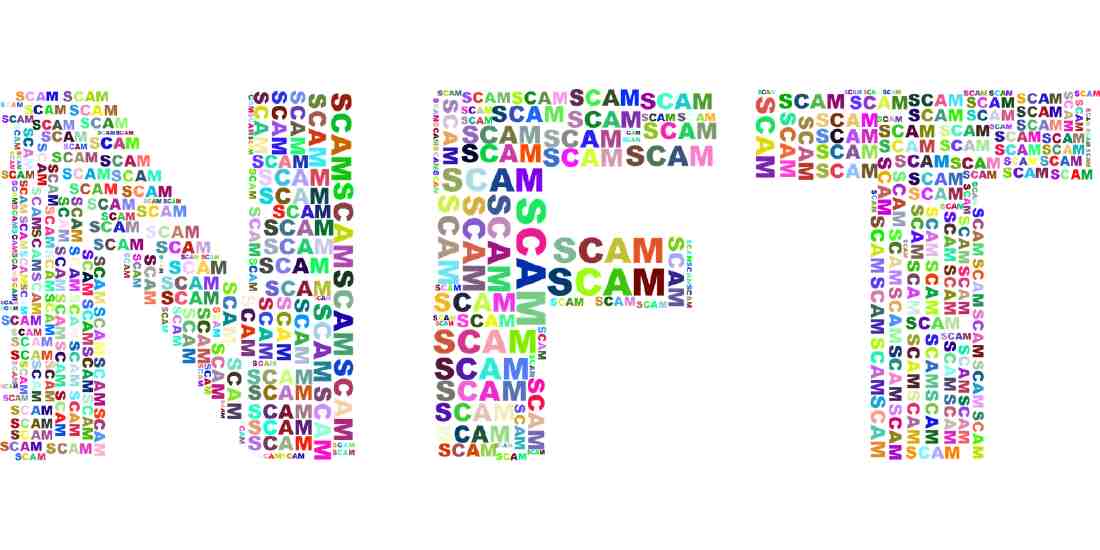
The NFTs' popularity rises, and their transaction volume is out breaking records. The non-fungible token market did business of $10.67 billion in the third quarter of 2021, more than 700% of the last quarter. These are like physical properties that you can sell and buy as unique assets. These non-tangibles, meaning unexchangeable tokens, prove ownership of goods and assets. GIFs, video clips, music clips, and even images are examples of NFTs. Several blockchains, including BSC, Ethereum, EOS, and Trone, support these tokens, and Ethereum is common among them.
Buying or transferring NFTs requires paying a "gas fee” to process and validate transactions. Unfortunately, this term irritates NFT miners, and they want to get rid of it. Let us quickly get through the gas fee and how it can be eliminated from the minting process.
What is NFT Gas Fee?
NFT Gas Fee is a significant aspect of Ethereum that the average user is mainly unaware of. Understanding gas fees are a crucial formula to ensure you are not sending more ETH than you should be. To aid your understanding, we will go over the various types of transactions and explain how they contribute to gas fees.
If you have a car, you know fuel (petrol, gas, diesel) is required to keep it running and enjoy its benefits. Similarly, you pay gas as a transactional fee for minting smart contracts into the blockchain in cryptocurrencies. The price depends on the market demand for that currency and your willingness to pay higher for fast minting. You will pay more to crypto and marketplace networks to fasten the process.
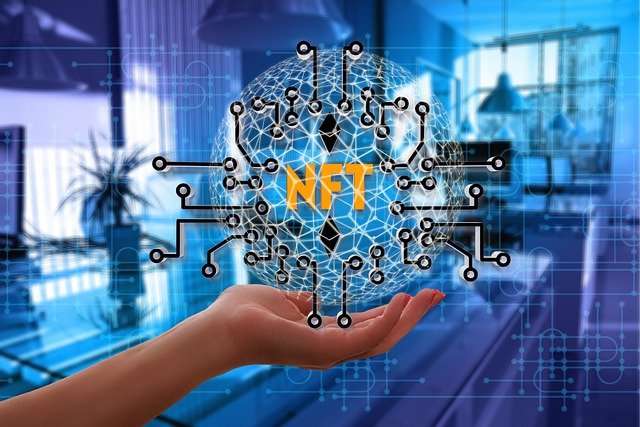
To understand Ethereum's gas system, one must first know that you must have Ether available to use with to use any Ethereum contract (like an ERC-20 token). You can't just create an ERC-20 token and send it away — Ether must be sent for any interaction with it to take place. The Gas part of each transaction allows ERC-20 tokens to be used. When you send a token, your transaction will include a gas cap. The amount of ETH needed to spend that one Ether is considered the maximum spent in the transaction. If your transaction has more Ether than what is included in the gas cap, it will fail. In this way, it acts as a safeguard, preventing you from sending too much money at once.
However, Ethereum's Gas system controls how much you spend and how quickly your transactions are confirmed than bitcoin's peer-to-peer network does.
Why do NFT Gas Fee Fluctuate?
For various factors, NFT gas fees are now at an all-time high. For starters, with the recent high-profile, big-money NFT sales getting media attention, NFTs are more popular than ever. Artists and investors are recognizing and acting on the money-making possibilities of this new digital commerce paradigm. However, fame and reputation aren't the driving forces behind growing gas prices; it's much more tangible. The source of this gas fee surge is clogged, a word used to indicate excessive network activity.
The location of your transaction on the following block is not guaranteed. Instead, consider each block to be a high-profile party. People compete to obtain their names on the guest list, but the fewer tickets there are, the more valuable they are and the more ready to pay for them. It's also worth noting that NFTs don't always cause congestion. As a decentralized finance system for all things intangible, blockchains continually process various digital data and transactions.
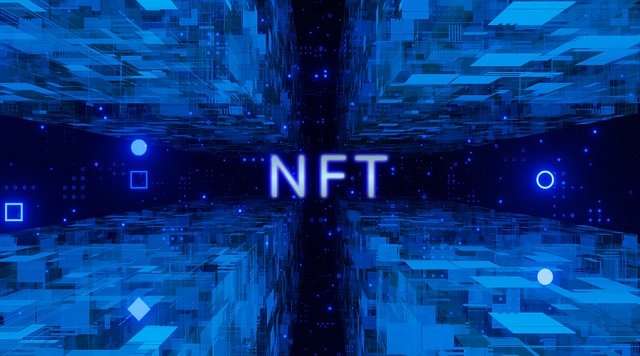
What are Typical Gas Fees for Minting and Sending NFTs?
You must pay NFT gas fee twice when minting a new NFT and transferring NFT to the wallet. You create a smart contract on Ethereum after paying a fee while minting an NFT. This contact uniquely identifies your artwork with all metadata, making it transparent and registered with your name. Its cost depends on the network and may range from $30 to a few hundred.
Another fee applies when you transfer the NFT to another much cheaper wallet, costing about $1 to $2.
One of the significant issues with the Ethereum network is that the prices go so high during the hot period on the network as the blockchain becomes congested when more traffic uses the network. However, the number of transactions per block is limited to the Ethereum network. Miners must pay even higher prices if they want successful transactions.
You can calculate NFT gas fee with this formula.
Two factors determine the cost of transactions: the gas price at transaction time and the gas amount demanded for a specific trade.
Gas Fee = Gas Unites (limit) * Gas Price per Unit (in gwei)
The least amount required for the most straightforward transaction on the Ethereum network is transferring ETH between two points costs 21000 units. While other transactions requiring smart contracts are much higher, demanding more gas fees. The gas limit in the equation part refers to your willingness to use it for a transaction.
It might seem complex for you to calculate the NFT gas fees; you must go for online tools available on the internet that can lessen your hassle, such as Etherscan’s Gas Tracker.
Transactions Requiring Gas Fees
Here is the list of when you must pay gas fees while dealing with the NFT market.
1. Creating an NFT
When you create an NFT, it is required to mint its token on the blockchain, meaning to include smart contract and metadata information on a block in the blockchain. A sit allows you to connect with the blockchain; it charges fees, known as NFT gas fess.
Some marketplaces offer lazy minting options like OpenSea and Rarible, but not all putting off your NFT minting on a blockchain until someone buys it. In another sense, in lazy minting, the buyer pays the gas fee instead of the creator.
2. Selling an NFT
Some marketplaces don't charge a fee when you list your NFT for sale; however, some charge too, and some when the NFT is sold with gas fees for completing the sale process. Excitingly, some marketplaces wait and charge buyers to pay the gas fees when the seller sets a fixed price for selling NFTs. Most markets demand you pay the gas expenses when auctioning off the NFT to accept the highest bid. Some markets, such as OpenSea, cover the gas expenses for auctions and simply need you to pay the platform's service fees. In short, the gas fee is applicable, but the amount depends on the marketplace you are using and its regulations. Hence, before selling on a marketplace, deeply understand their operational ways to avoid paying high gas fees.
3. Reselling or Buying an NFT
The gas fee is not only an issue for the sellers but buyers too. When you place an order for buying an NFT or cancel it due for some reason, you must pay NFT gas fee. Further, a gas fee is required to transfer cryptocurrency (funds) from the buyer's wallet to the seller's wallet when the buying process is completed. The buyer pays a gas fee if the NFT is minted via the lazy minting feature.
If you resell an NFT, a portion of the proceeds is transferred to the investor depending on the royalties specified in the smart contract; the gas fee is again involved after funds transfer.
4. Mint NFT Without Paying High NFT gas Fees
Here is the list of tips and strategies you should consider lowering paying NFT gas fee.
5. Wait for the Right Minting Process
You should understand how busy the platform is if you want to mint NFT without paying high gas fees. As the number of people increases who want to proceed with their transactions quickly, the blockchain network must work fast for these. It means that you must pay higher in this busy time. Similar happened with the Ethereum platform as people preferred using the blockchain, put higher pressure on it, and caused an increase in gas fees. It is reportedthat Ethereum gas prices are the highest on Tuesdays and Thursdays while lowest on Saturdays and Sundays. So, the first tip is to wait for the right time to mint NFT if your transaction is not so urgent.
Several tools are available that offer free analysis of blockchains and their rates at varying times. GasNow is one platform that determines gas prices if they go higher than usual at any time. Ethereum Price shares week-based activity on the network, while NFT gas station is great for in-depth marketplace analysis.
6. Adjust your Marketplace Settings
Sometimes it is not better to wait for lowering the prices as you want to mint faster. In this case, you pay higher minting gas fees that can be reduced to some point by adjusting your marketplace settings.
Primarily all marketplaces work similarly, so it doesn't matter you choose which one to list your NFTs. Follow the steps before creating your NFT:
- Open “Metamask wallet."
- Click on “Account” and then “Settings."
- Go to “Advanced Tab”
- Set your “Advanced gas controls” and ON the tailored transaction for the time being.
Now click on “Create Item” after following the above steps. When you start uploading, a Metamask dialogue box appears again. Now:
- Go to the Edit button for the gas fees section.
- Choose according to your preferences (slow/average/fast). The slower process charges the minor gas fees while the fast charges the highest.
Users pay higher to miners to prefer them in processing their transactions quickly. You can also manually adjust your gas fees; if you set too low a price, it may end with a failed transaction as miners mostly ignore everyday gas transactions.
7. Use Layer-2 Sidechains and Blockchain Networks
The most popular layer-2 sidechain network includes the previously known Matic Network, now famous as Polygon Technology, Optimism, and Arbitrum. As the users impatiently wait for Ethereum 2.0 development, it might help consider other frameworks like SKALE, LOOM, and Polygon. These platforms offer low gas fees with the security of the Ethereum network.
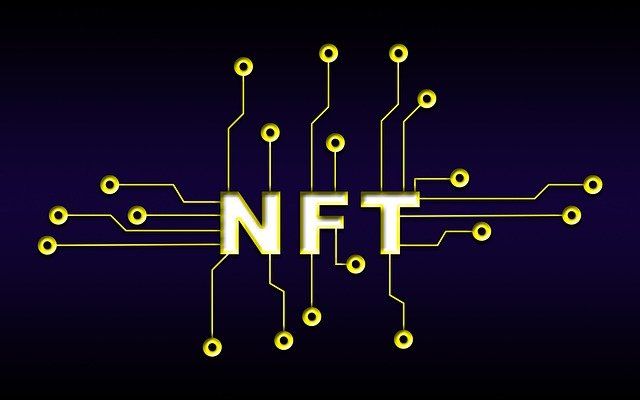
8. Combine Transactions
Combining transactions is another way to reduce NFT gas fee because the gas fees vary based on different transactions. For instance, if you have several tokens at more than one address (suppose X and Y) and want to transfer them to a new address, Z. If you move from both addresses separately, you are required to pay twice. Therefore, it would be a good decision to transfer to one address Y from X and then only one transaction to Z. it will reduce your gas fee by about half.
9. Check the Prices Before Minting NFT
When you have decided to sell or buy NFTs, you must check the Polygon Chart or ETH chart to get a better idea of the prices in the coming hours. Excitingly, you can also see the predictions for the coming month or week. After it, you can use the ETH gas station tool to check the price in fiat currency. The process will help you pay the nominal NFT gas fee than usual by choosing the right time for your NFT product.
10. NFT Tool Doing Lazy Minting
The lazy minting process is an extraordinary feature in which the NFT marketplace puts it on buyers to pay gas fees instead of the seller. Mostly liquid traders of the Ethereum network transact NFTs on it. Moreover, users must find the price for sales commissions and use the marketplace.
11. Using Different Blockchain Networks
The NFT’s marketplace is on its rise, and in coming years, its potential will boom where Ethereum blockchain will not be enough to handle the flood of users. Users will prefer other blockchains like Cosmos, Avalanche, Solana, and Tezos. Second, alternative chains use consensus processes that do not rely on proof-of-work, the primary cause of Ethereum's high gas prices. Gas costs are a fraction of the cost of a transaction on other chains.
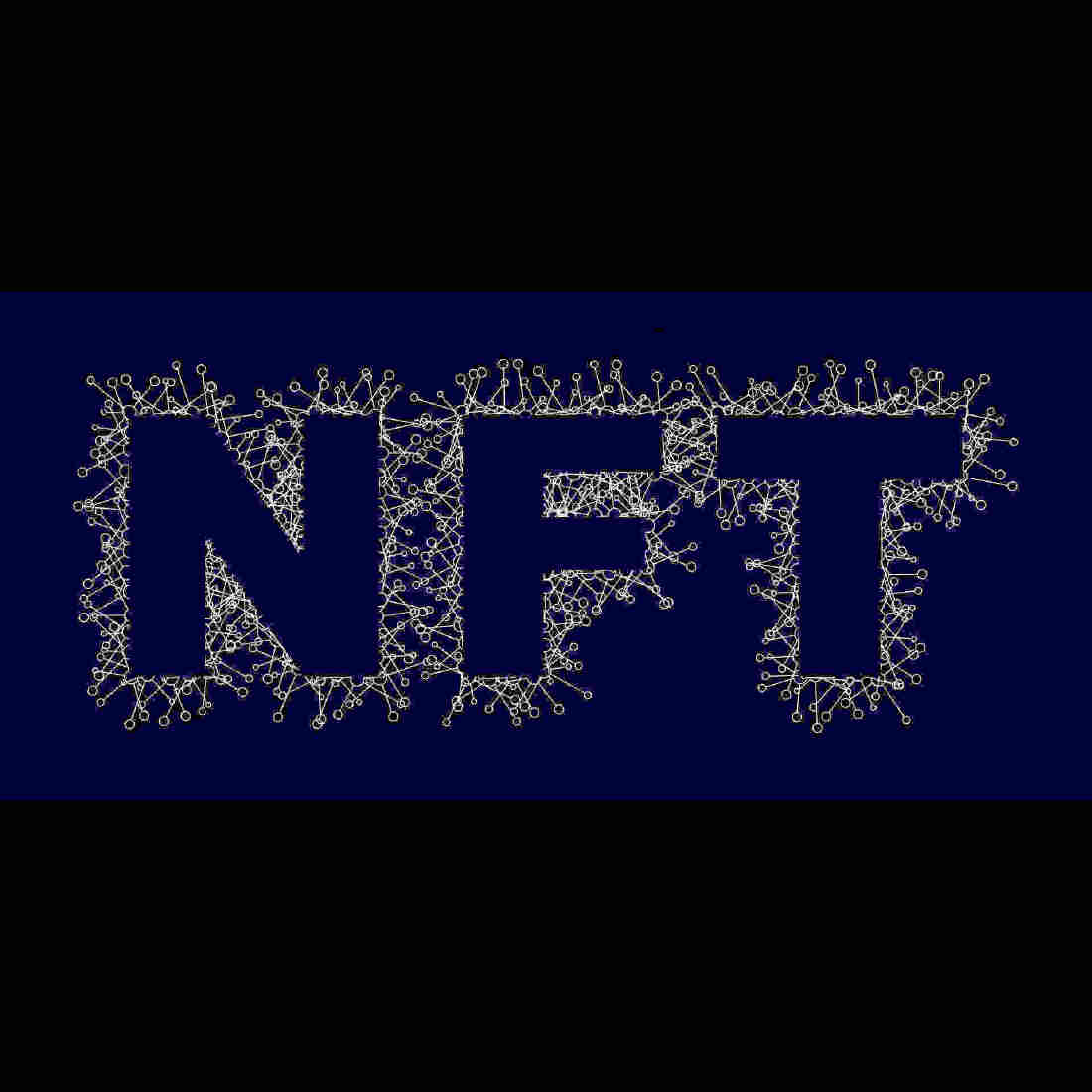
Search for NFT projects and teams on other chains and increase the promising projects in your interest. Your experience with the NFT market will help you recognize the better ones over time. Tezos, EOS, and Binance Smart Chain are other viable options. These are dependable and collaborate with smart contracts. Tezos uses the Proof-of-Stake concept to provide not only gasless payments but also has a low carbon footprint. Hic et Nunc is a prominent Tezos store known for its carefully managed NFT inventory. You may use the same wallets for Ethereum with Tezos and Binance.
WAX blockchain has cemented its dominant decentralized network for video gaming and entertainment. It is home to the well-known NFT store Atomic Hub, which has top-selling producers such as Capcom's Street Fighter and Blockchain Heroes.
12. Use Gas Tokens
Gas tokens enable the tokenization of gas. Simply put, while gas prices are low, you can manufacture gas tokens and then use/redeem them when prices are high. When you save a gas token, you will be repaid in ETH, which you may then use to cover your gas costs. Gas tokens, in essence, take advantage of Ethereum's storage refund scheme. Users are rewarded for eliminating storage variables in this case. GasToken.io, for example, is a well-known gas token initiative.
GasToken operates straightforwardly: while gas costs are low, users mint a token by storing data in the GasToken contract's storage. Then, when prices rise, users use them by sending them to the GasToken agreement. They will be destroyed here, and you will get a reimbursement for the new transaction. However, it should be highlighted that gas tokens are not the best approach for lowering gas costs. In fact, they bloat Ethereum's state size, and there are presently proposals to discontinue the return scheme altogether.
Wrapping Note
Our final piece of advice would be to be patient and wait through the procedure. We realize it's lengthy, but it's the only way to have your NFTs minted while paying affordable gas expenses. At the current level of progress, we may expect that 2022 will be the final year of high NFT gas fee. Aside from Ethereum's gradual phase-out of proof-of-work, we know that user engagement and development activity on other chains are at an all-time high. Furthermore, the rise of layer-2 scaling solutions such as Polygon and Arbitrum demonstrates why NFTs are on their route to widespread usage.


